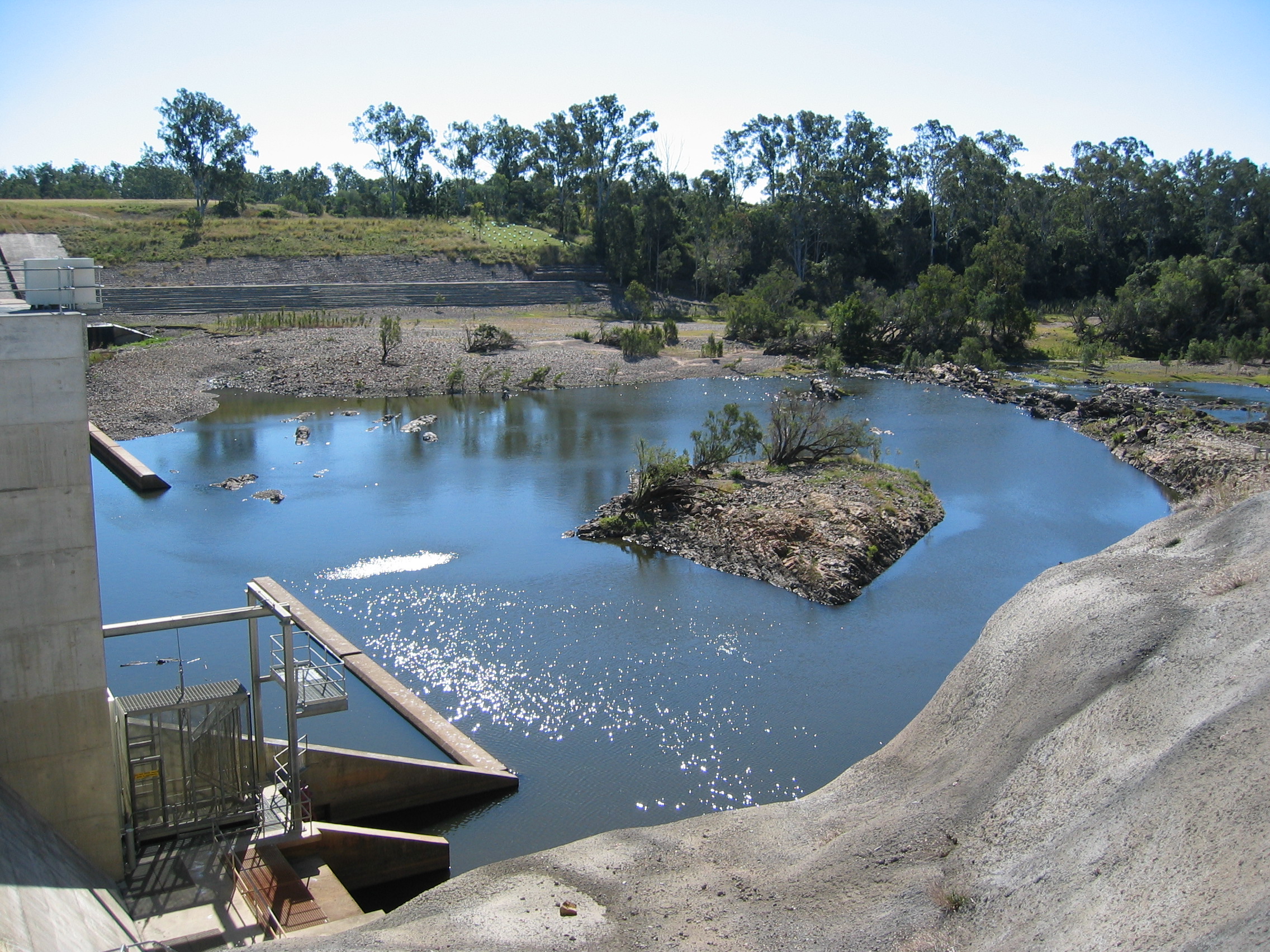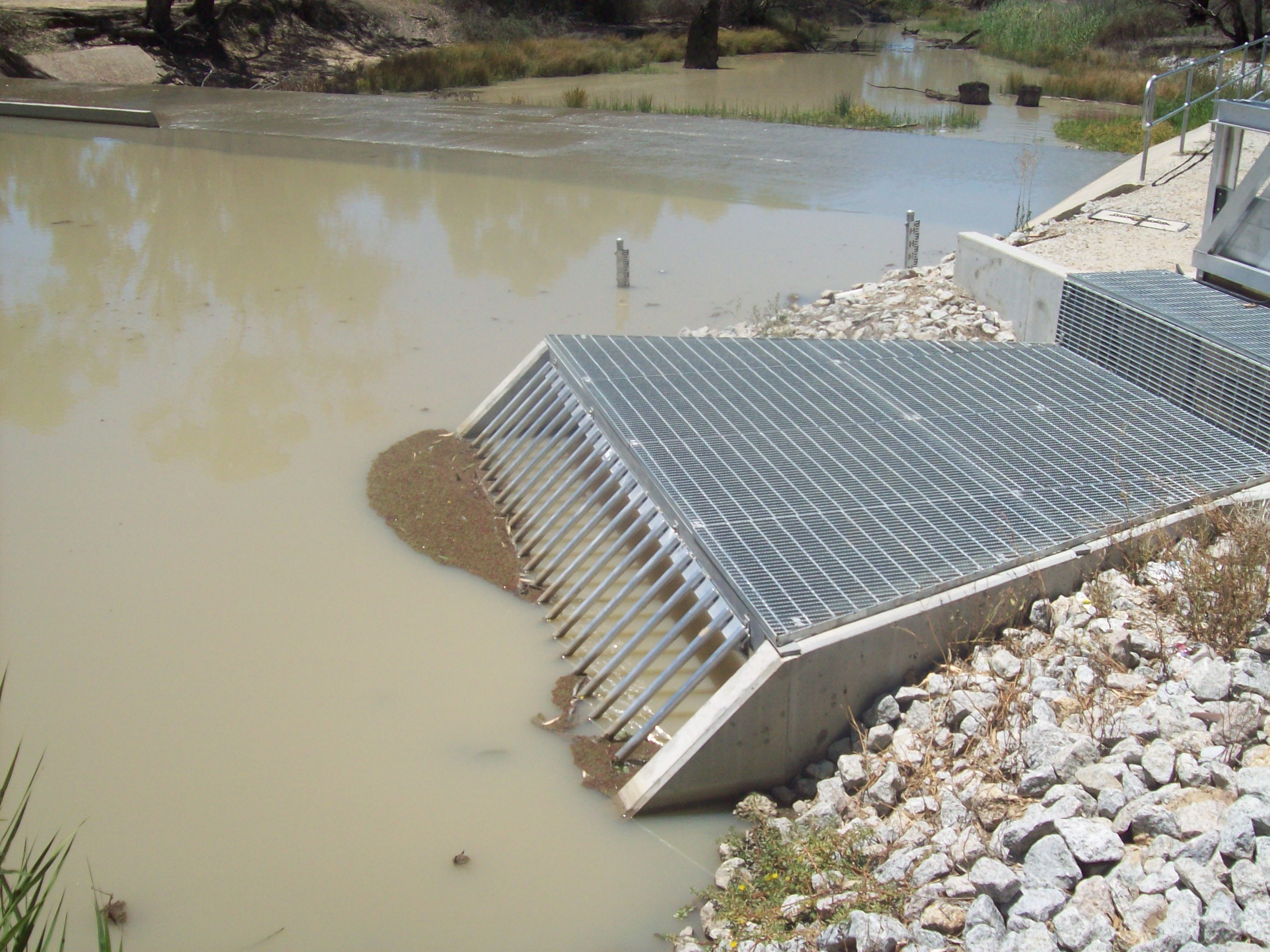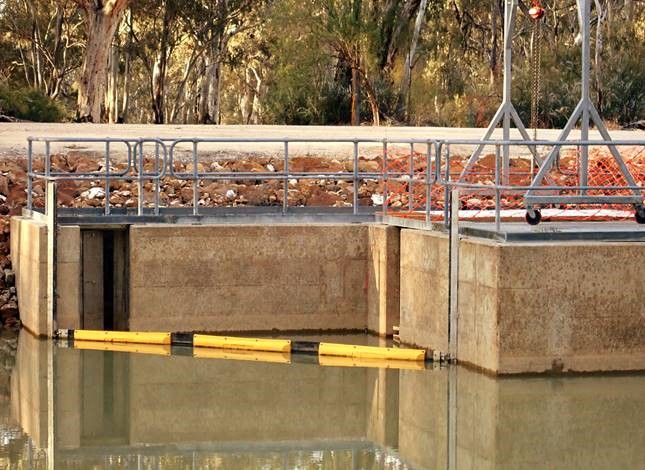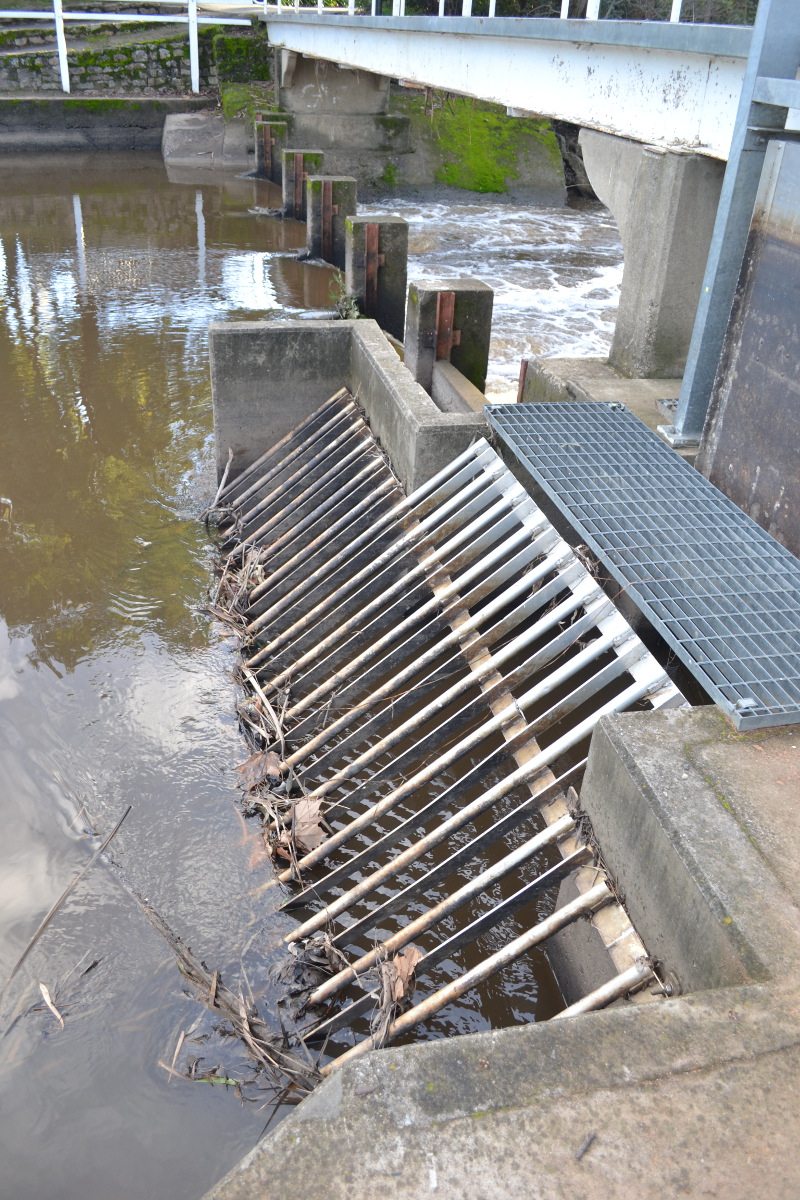|
|
Construction and approvalThe raising and construction of Waterway Barrier Works can have specific legislative requirements for operational work, and can require approvals under legislation. Contact your local and state government before any construction is undertaken to understand requirements. Advice from fisheries biologists and engineers should be sought at the start of the planning and design stage, and before any construction, to identify the most appropriate fish passage structure and design specifications. Prior to construction, check with electricity, water, and telecommunication providers regarding considerations for any existing infrastructure. Quick links and facts
ConstructionTo ensure fish passage structures meet ecological objectives, accurate construction is essential as modifications or errors during construction can lead to excessive head loss, poor local hydraulics, and compromised passage. On-ground adjustments to a design during construction may affect fish behaviour and passage, and any changes should be authorised by the design team prior to implementation. For concrete structures such as vertical slot or cone fishways to operate as intended, construction teams need to strictly adhere to design specification with only small margins of error. For rock ramp and bypass fishways, where concrete is generally not used, the commissioning process may allow a slightly higher tolerance because of the unpredictable or imprecise nature of rock placement and earthworks compared with concrete.[2] Dewatering features can be incorporated in fishways, where possible, to facilitate monitoring and maintenance, noting that operators are required to use them. Before operation, all fish passage structures need to be commissioned before the construction team leaves the site. Adjustments to the structure should be expected due to site-specific issues, minor construction faults, and because the design process can never completely predict field conditions.[7] Further details on establishment and commissioning are provided in O’Connor et al. (2017).[7] MonitoringThe function of a fishway cannot be assumed from its hydraulic performance. To confirm that a structure is effectively passing fish, community composition (e.g. size classes, quantities, and species) should be similar upstream and downstream of the fishway. An appropriate fish sampling design and monitoring plan is required to ensure fish passage can be attributed to the fishway. Fishway performance can also be more generally assessed through a reduction in fish accumulations immediately downstream, although it is important to note that fish accumulations may be seasonal, related to stream discharge and/or other factors such as predation.[2] Sampling is typically undertaken using traps covered in mesh of a suitable size for the target species. Traps are typically placed at the entrance and exit of the fishway, with fish captured at the entrance typically representing communities downstream of the barrier, and fish captured at the exit typically representing fish that have passed through the fishway.[2] Traps can also be made to fit into some fishways (e.g. cone and fish lock fishways) to capture fish as they pass through the fishway. Sampling upstream and downstream of the barrier before and after construction of the fish passage structure can also be used to assess and monitor effectiveness.[1][4][5][3][6][9] Seasonal sampling can be undertaken further upstream and downstream of the structure, using traps, nets and/or electrofishing, to gain a better understanding of the local fish community prior to construction. Post-construction long-term monitoring should be undertaken where possible as changes may occur over a long period of time and may not be present with short-term monitoring techniques. OperationThere are several operating principles that apply to all fishways:
MaintenanceAll fishways require regular maintenance to preserve the functionality of the structure. All fishways collect debris, which can block components of the structure, alter hydraulic conditions and result in physical or behavioural barriers for fish movement. Trash racks can be installed to reduce debris; however, they require regular clearing. Maintenance requirements of trash rack and fishways can be minimised with a floating debris boom mounted in the upstream weir pool. Ideally, fishways should be inspected, checked hydraulically, and dewatered to check for blockages at least annually and ideally before the flow season[8][7].
Lifespan/replacement timeThe time a fishway is expected to perform without repair (the design life) may vary depending on the site and total capital available. For many structures, the design life is a decision for the asset owner and should be the same as the design life of the structure it is installed on (for example, a design life of 100 years is required by the owners of many dams and weirs and concrete fishways on the Murray River)[7]. Biopassage structuresMost biopassage structures in Queensland are currently designed for fish and include the following types: Rock ramp fishway
Vertical slot fishway
Cone fishway
Bypass fishway
Trapezoidal fishway
Denil fishway
Pool and weir fishway
Mechanical fishways
Fish-friendly culverts
Removal of barrier
References
Last updated: 10 May 2021 This page should be cited as: Department of Environment, Science and Innovation, Queensland (2021) Construction and approval, WetlandInfo website, accessed 8 May 2025. Available at: https://wetlandinfo.des.qld.gov.au/wetlands/management/fish-passage/technologies/construction.html |

 — Department of the Environment, Tourism, Science and Innovation
— Department of the Environment, Tourism, Science and Innovation








